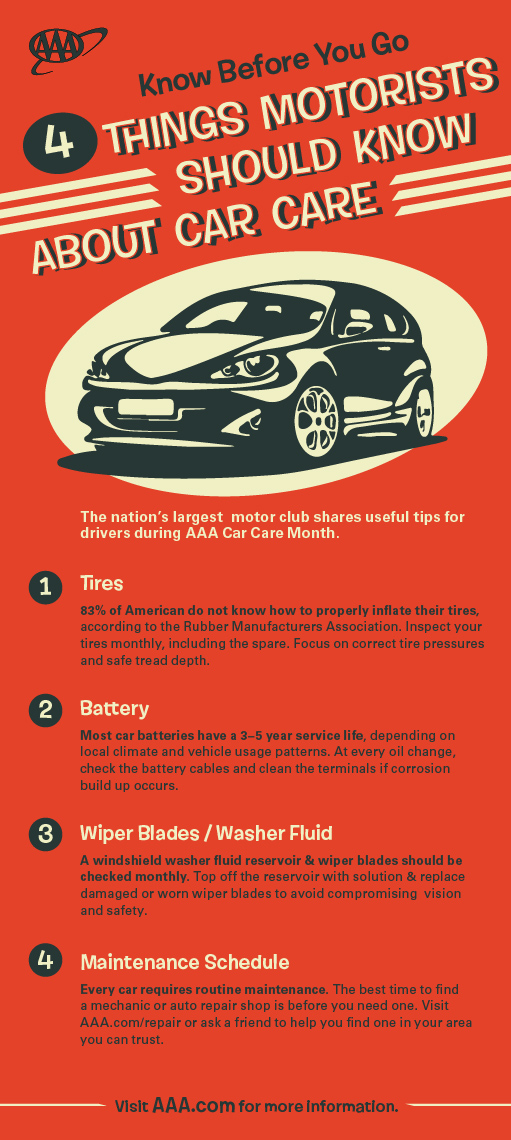Analyzing Your Automobile'S Alert Lighting: Their Real Ramifications
Analyzing Your Automobile'S Alert Lighting: Their Real Ramifications
Blog Article
Created By-Sykes Forbes
When you lag the wheel, those beautiful warning lights on your dashboard can be a little bit difficult. Do you know what they're attempting to inform you about your vehicle's wellness? Comprehending the significance of these lights is essential for your safety and security and the long life of your vehicle. So, the next time among those lights pops up, would not you wish to decipher its message precisely and take the needed steps to resolve it?
Common Caution Lighting and Interpretations
Determine typical warning lights in your cars and truck and understand their meanings to make certain risk-free driving.
The most typical warning lights consist of the check engine light, which indicates issues with the engine or emissions system. If this light comes on, it's essential to have your vehicle examined quickly.
The oil stress alerting light shows reduced oil pressure, requiring immediate focus to prevent engine damages.
https://israelhcwav.snack-blog.com/29894008/yearly-automobile-describing-guide-preparing-your-lorry-for-seasonal-changes flashing battery light might recommend a defective billing system, potentially leaving you stranded if not dealt with.
The tire stress surveillance system (TPMS) light notifies you to reduced tire pressure, impacting vehicle security and fuel efficiency. Neglecting this could bring about hazardous driving problems.
The abdominal light indicates an issue with the anti-lock braking system, endangering your capacity to stop promptly in emergency situations.
Lastly, the coolant temperature level cautioning light warns of engine overheating, which can lead to severe damage if not solved promptly.
Recognizing carautodetailing will certainly help you address problems quickly and keep risk-free driving conditions.
Relevance of Prompt Interest
Understanding the common caution lights in your auto is only the primary step; the importance of quickly addressing these cautions can not be highlighted sufficient to guarantee your safety and security when traveling.
When a warning light illuminates on your dashboard, it's your auto's means of connecting a possible issue that needs focus. Ignoring these warnings can cause a lot more serious issues later on, endangering your safety and possibly costing you more in repairs.
Prompt focus to alerting lights can avoid malfunctions and mishaps. As an example, a blinking check engine light could suggest a misfire that, if left unattended, could trigger damages to the catalytic converter. Resolving this quickly can save you from a pricey repair.
In a similar way, a brake system cautioning light may signify reduced brake liquid or used brake pads, essential elements for your safety and security when driving.
DIY Troubleshooting Tips
If you discover a warning light on your control panel, there are a few DIY troubleshooting tips you can attempt prior to seeking specialist assistance.
The very first step is to consult your cars and truck's manual to recognize what the certain caution light indicates. Occasionally the issue can be as easy as a loose gas cap setting off the check engine light. Tightening up the gas cap may settle the problem.
Another common problem is a low battery, which can cause different advising lights. Examining https://best-oil-change-near-me62839.wizzardsblog.com/29946036/improve-your-automobile-outlining-abilities-with-seasonal-methods-to-keep-your-automobile-s-shine-and-defense-uncover-approaches-to-get-rid-of-the-particular-difficulties-of-every-season for rust and guaranteeing they're safe could fix the trouble.
If a warning light lingers, you can try resetting it by disconnecting the vehicle's battery for a few minutes and afterwards reconnecting it. Additionally, inspecting your lorry's fluid levels, such as oil, coolant, and brake fluid, can help repair cautioning lights connected to these systems.
Conclusion
In conclusion, understanding your auto's warning lights is necessary for maintaining your car running smoothly and safely. By quickly resolving these signals and understanding what they indicate, you can stay clear of costly repairs and potential break downs.
Keep in mind to consult your vehicle's manual for particular information on each warning light and take action accordingly to make certain a trouble-free driving experience.
Keep educated, stay safe when driving!
